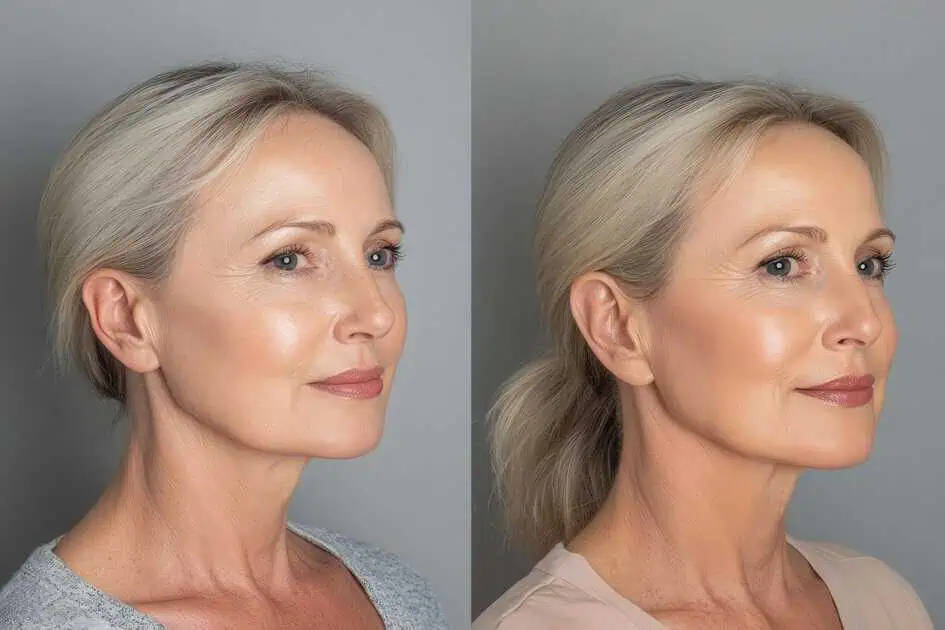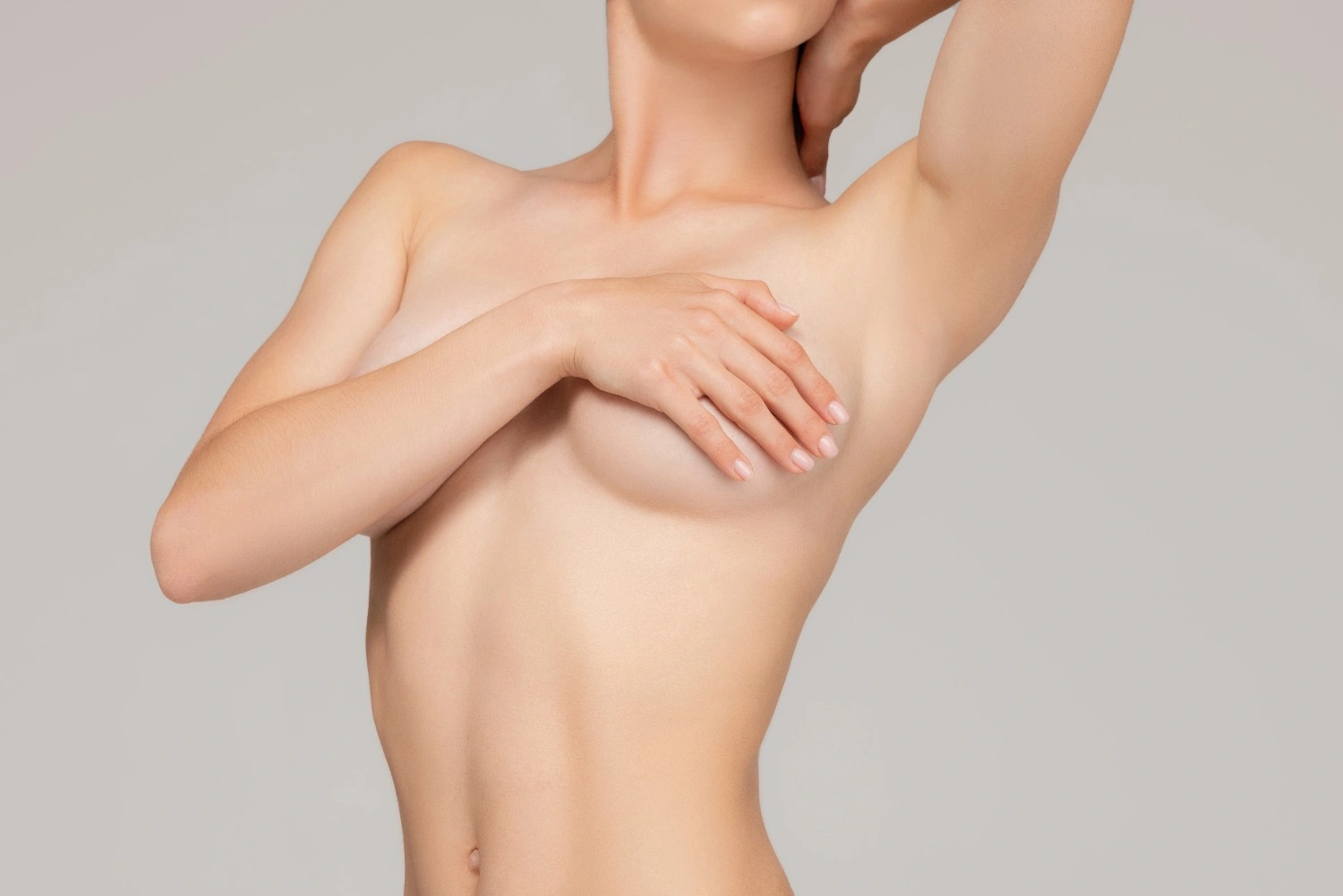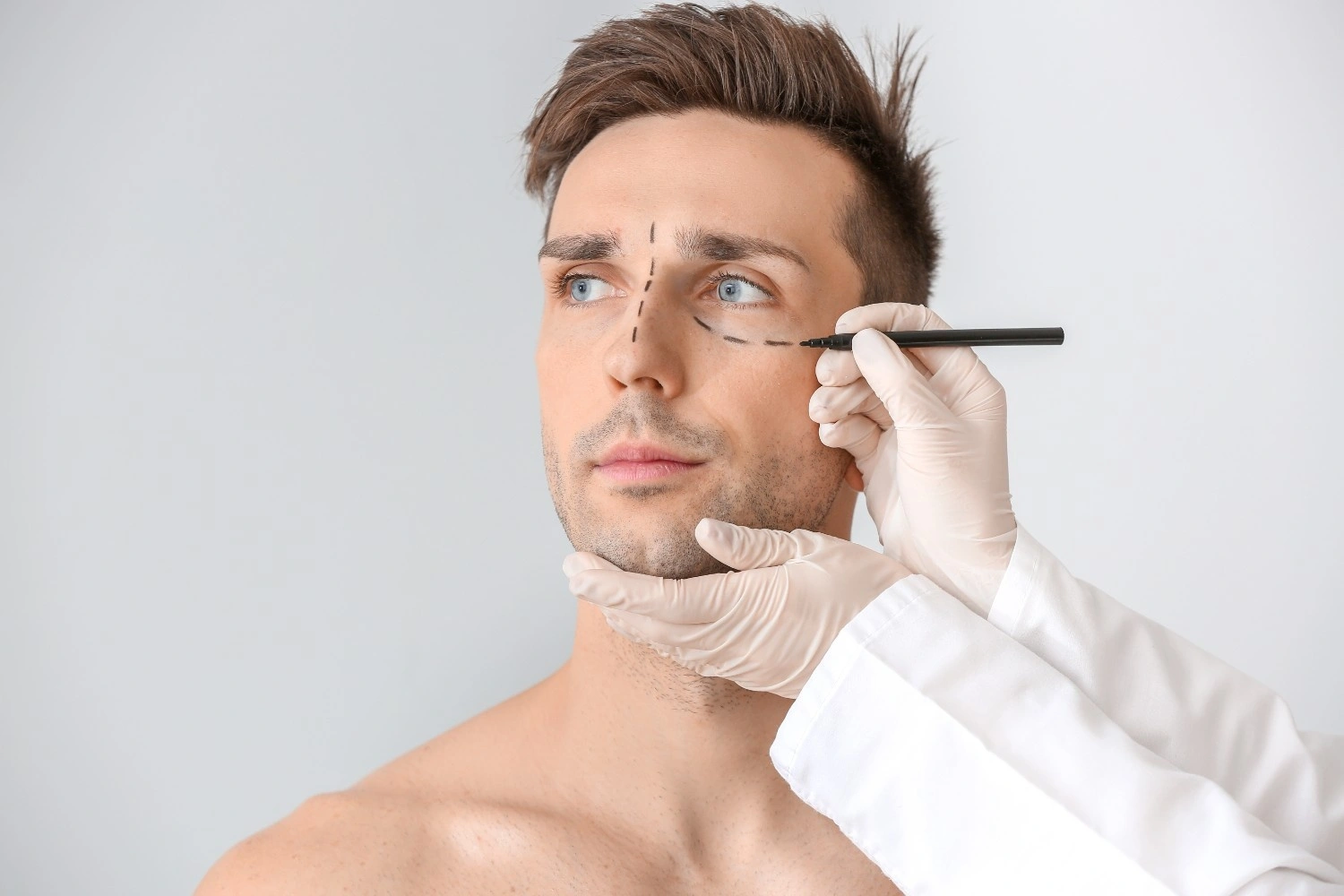Table of Contents
Autologous Fat Transfer (AFT) is a revolutionary cosmetic procedure that addresses volume loss in various areas of the body. This innovative technique involves harvesting excess fat from one part of the body. The latter is strategically injecting it into another area to produce the following results:
- Enhance contours
- Restore volume
- Rejuvenate the skin
Common applications include fat transfer for the face, breasts, buttocks, hands, and under-eye hollows. Despite its popularity, understanding the procedure’s safety, potential risks, and recovery time is crucial before deciding to undergo it.
This post covers just that. Keep reading and be informed to determine if AFT is the right treatment for you.
What is Autologous Fat Transfer?
Autologous Fat Transfer is a dual-purpose procedure. It eliminates unwanted fat from areas such as the abdomen, thighs, or flanks. This fat is then used to enhance other parts of the body.
Popular applications of AFT include:
- Fat transfer for face: This helps restore volume to hollow cheeks, temples, and other facial areas affected by aging. The treatment may result in a more youthful and refreshed appearance without the use of synthetic fillers.
- Fat transfer for breasts: The treatment enhances breast volume and contour naturally without implants. This makes it a preferred option for those seeking subtle, natural enhancement.
- Fat transfer for buttocks: This AFT is commonly used for the Brazilian Butt Lift. The goal is to achieve a fuller, more rounded shape while contouring the donor area.
- Fat transfer for hands: The procedure rejuvenates aging hands by restoring lost volume and minimizing visible veins. All of these are common signs of aging.
- Fat transfer for under-eye hollows: This specific treatment reduces the appearance of dark circles and hollowing under the eyes. Thus, this creates a brighter and more awake look.
The Safety of Fat Transfer Procedures
When performed by a skilled and experienced provider, autologous fat transfer is considered to be a safe procedure. The use of the patient’s own fat reduces the risk of allergic reactions or rejection.
However, like any medical procedure, it is not without risks. Factors such as the patient’s health, the technique used, and the amount of fat transferred can influence the safety and outcome.
Common Side Effects of Fat Transfer
Temporary side effects of fat transfer procedures often resolve within a few weeks. These may include:
- Swelling and Bruising: This side effect is common at both donor and recipient sites. However, it typically subsides within 1-2 weeks.
- Tenderness or Discomfort: Mild pain or discomfort in treated areas is normal. Patients can manage this with over-the-counter medications.
- Numbness or Sensitivity: Temporary changes in sensation are normal after the procedure. This is part of the body’s healing process.
Potential Risks of Autologous Fat Transfer
Though rare, complications can occur. These include:
- Infection: Proper sterilization and post-procedure care minimize this risk.
- Fat Necrosis: Transferred fat cells may die. This could form lumps under the skin that could require additional treatment.
- Fat Embolism: This is a rare complication where fat enters the bloodstream. It can potentially cause severe issues, such as blockages in vital organs.
- Over- or Under-Correction: Achieving desired results may require multiple sessions due to the body reabsorbing some transferred fat.
Fat Transfer Recovery Time
Fat transfer recovery time varies depending on the extent of the procedure and the areas treated. Generally, patients can expect:
- Initial swelling and bruising to resolve within 1-2 weeks.
- Resumption of light activities within a few days.
- Full recovery within 4-6 weeks.
Following post-operative care instructions is essential to optimize results and minimize risks. Patients are advised to avoid strenuous activities. Maintaining a healthy lifestyle is also recommended to preserve the transferred fat.
Who Is a Good Candidate for Fat Transfer?
Ideal candidates for fat transfer in Warrendale, PA, include patients who:
- Are in good overall health
- Have adequate fat deposits for harvesting
- Seek natural-looking enhancements
- Do not smoke or can quit before and after the procedure
- Have realistic expectations about the outcomes
Patients should discuss their goals and medical history with their surgeon. This step helps determine if they are a suitable candidate for this transformative procedure.
Tips for Minimizing Risks
To ensure safety and optimize results, patients may consider the following:
- Choose a Qualified Provider: Patients should select a board-certified plastic surgeon with extensive experience in fat transfer procedures.
- Adhere to Pre- and Post-Operative Instructions: Patients should follow their surgeon’s guidance to ensure a smoother recovery. This step also reduces complications.
- Avoid Smoking: Smoking can impair healing and increase complications, so patients should stop at least a few weeks before and after the procedure.
- Discuss Your Medical History: Transparency about the patient’s health and medications is essential to minimize risks.
Advantages of Autologous Fat Transfer
One of the most appealing aspects of Autologous Fat Transfer is its natural approach. Since it uses the patient’s own fat, there is no risk of allergic reactions or rejection. Additionally, this procedure offers long-lasting results. This is particularly applicable in areas like the face and hands. The dual benefit of contouring the donor area while enhancing another makes it a sought-after solution for many individuals.
Furthermore, AFT provides customizable results tailored to individual goals. Unlike synthetic fillers, fat transfer allows for subtle, natural changes. These complement their existing features. Patients often appreciate the dual benefit of slimming donor areas like the abdomen while enhancing desired areas like the breasts or buttocks.
Additional Applications and Future Potential
Autologous Fat Transfer has grown in popularity due to its versatility and minimally invasive nature. Beyond aesthetic enhancements, it’s also used for reconstructive purposes, such as correcting contour irregularities from previous surgeries or injuries.
Research continues to explore new applications, including combining fat transfer with stem cell therapy to improve tissue regeneration and healing. This innovative approach may unlock even greater possibilities for rejuvenation and repair in the coming years.
AESTIQUE Plastic Surgery Clinic’s Fat Transfer Procedure
At Aestique Plastic Surgery in Warrendale, PA, Autologous Fat Transfer (AFT) is performed by Board Certified Plastic & Reconstructive Surgeon Dr. Theodore Lazzaro. This procedure offers a natural, effective way to rejuvenate and enhance your appearance by utilizing your body’s own fat.
Dr. Lazzaro specializes in:
- Fat transfer for face: Restoring youthful contours by addressing volume loss.
- Fat transfer for breasts: Enhancing natural volume for a subtle, lifted look.
- Fat transfer for buttocks: Sculpting a fuller, lifted appearance for better body balance.
- Fat transfer for hands: Rejuvenating aging hands with improved volume.
- Fat transfer for under-eye hollows: Reducing tired, sunken appearances for brighter eyes.
Limited Time Offer: Special pricing on fat transfer procedures. Schedule your appointment with Aestique Plastic Surgery in Warrendale, PA.
Frequently Asked Questions
How long do the results of Autologous Fat Transfer last?
The results of fat transfer are typically long-lasting. However, some of the transferred fat may be reabsorbed by the body over time. This requires touch-up procedures to maintain optimal results.
Is the procedure painful?
Patients usually experience mild discomfort during recovery. This can be managed with pain medication. The procedure itself is performed under local or general anesthesia to minimize pain.
Can I combine fat transfer with other procedures?
Yes, fat transfer may be combined with other cosmetic procedures. These may include facelifts, liposuction, or breast augmentation, for comprehensive results.
Are there any age restrictions for fat transfer?
While there is no strict age limit, candidates should be in good health. They must also have sufficient fat deposits for harvesting. A consultation with your surgeon will determine your suitability.
What is the downtime for fat transfer procedures?
Most patients can resume light activities within a few days. Full recovery typically takes 4-6 weeks, depending on the areas treated.
Are the scars visible?
Fat transfer procedures involve small incisions, which usually heal with minimal scarring. These scars are often well-hidden in natural creases or folds of the skin.





